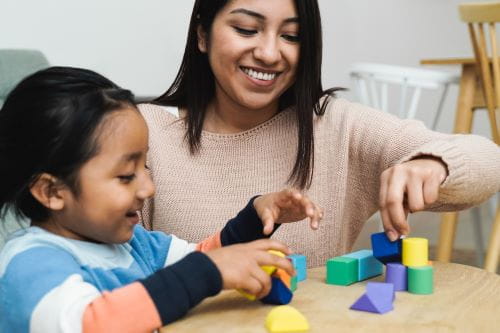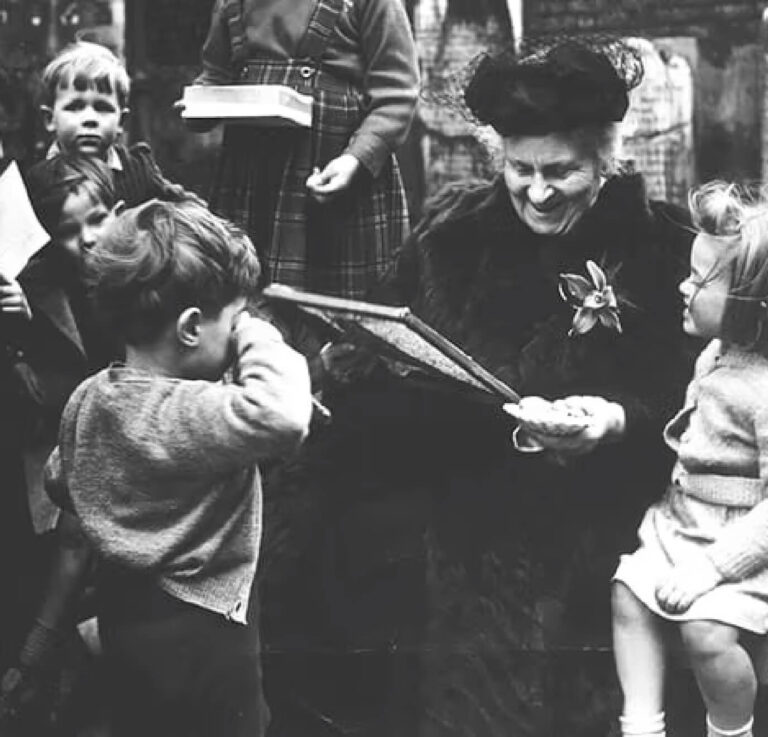
History of Montessori
The first Montessori school opened its doors more than 100 years ago, and the rest was history. Find out how a single institution led to a worldwide movement.
A Movement in
Milestones
1906
A Movement is Born
Maria Montessori is invited to create a childcare center in San Lorenzo, a poor, inner-city district of Rome.
1907
The Doors Open
Casa dei Bambini, Italian for “Children’s House,” opens for underprivileged kids whom many had thought were unable to learn.
1909
Buzz Builds
Montessori schools open on 5 continents. Dr. Montessori publishes her first book The Montessori Method, which is translated into 10 languages in 3 years.
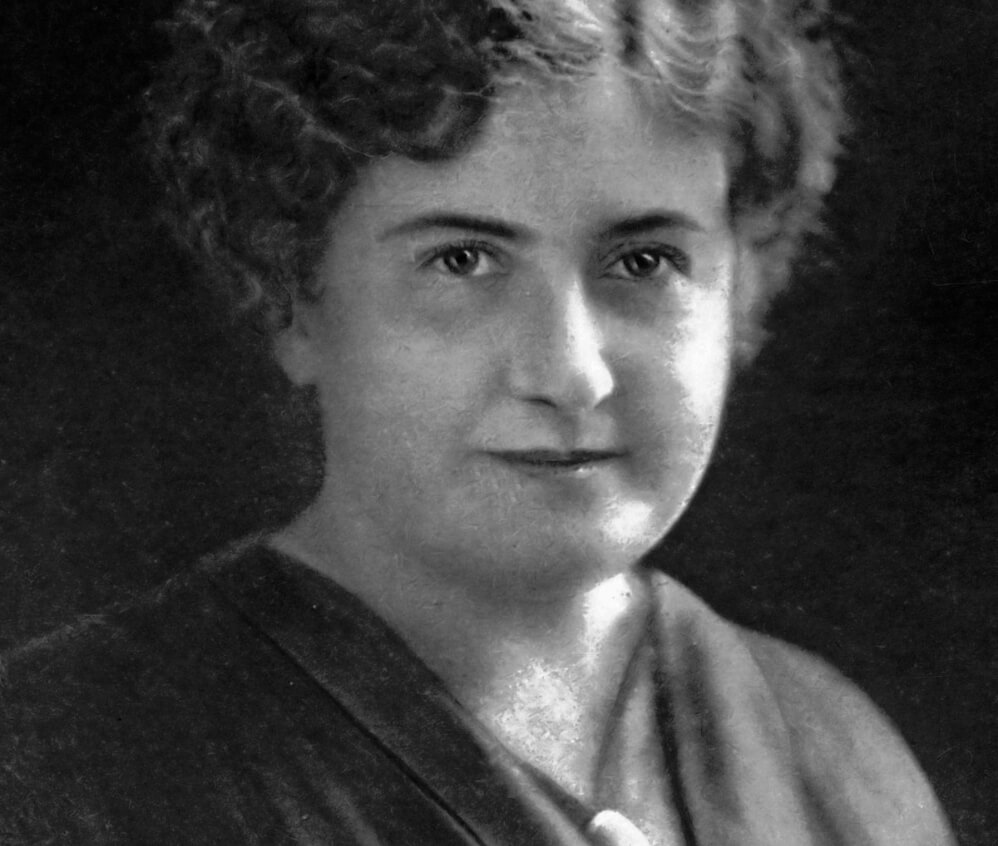
1911
Montessori Comes to the U.S.
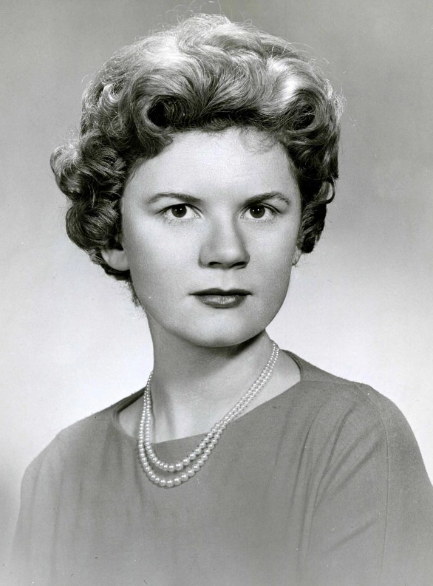
1950
Nancy McCormick Rambusch Revives Montessori in the U.S.

Today
Montessori Endures and Expands
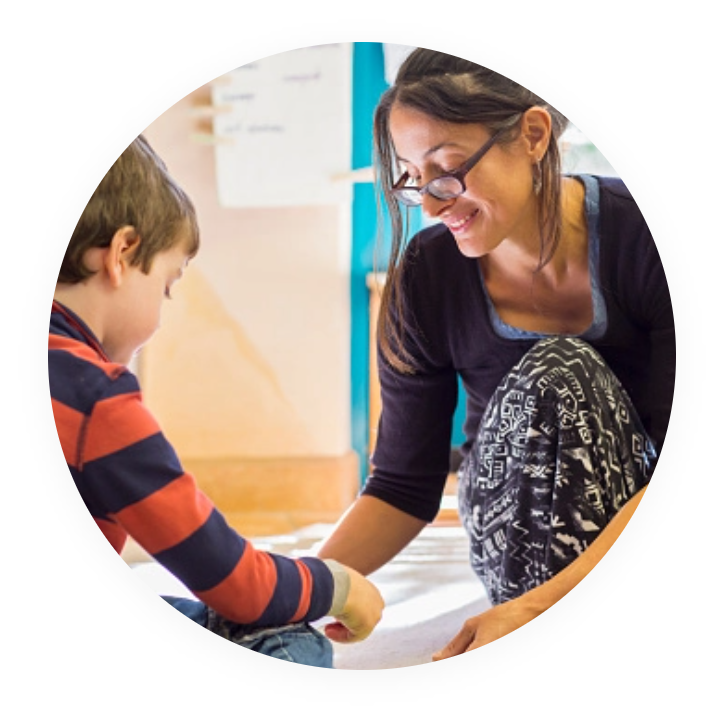
Why look for AMS affiliation?
AMS member schools and the affiliated teacher education programs are dedicated to meeting quality standards, and work to provide an authentic Montessori education.
FAQs
How and when did the Montessori method start?
In 1906, Dr. Maria Montessori, an Italian educator, physician, and scientist, who had just judged an international competition on the subjects of scientific pedagogy and experimental psychology, was invited to create a childcare center in San Lorenzo, a poor, inner-city district of Rome. There, she would be working with some of the area’s most disadvantaged, and previously unschooled, children.
She opened the doors on January 6, 1907, calling the center the Casa dei Bambini—Italian for “Children’s House.” Dr. Montessori was determined to make the Casa a quality educational environment for these youngsters, whom many had thought were unable to learn—and she did.
To learn more about the history of Montessori, visit this page. To learn more about Dr. Maraia Montessori, go here.
What are the benefits of a Montessori education?
Montessori education is own for individually paced learning and fostering independence, the Montessori Method also encourages empathy, a passion for social justice, and a joy in lifelong learning.
Given the freedom and support to question, to probe deeply, and to make connections, Montessori students become confident, enthusiastic, self-directed learners. They are able to think critically, work collaboratively, and act boldly—a skill set for the 21st century.
For details on how a Montessori education provides these benefits, check out this page.
From the Montessori Life Blog
Montessori Life Blog is the go-to resource for anyone interested in staying up to date on the latest news and trending topics in the world of Montessori.

